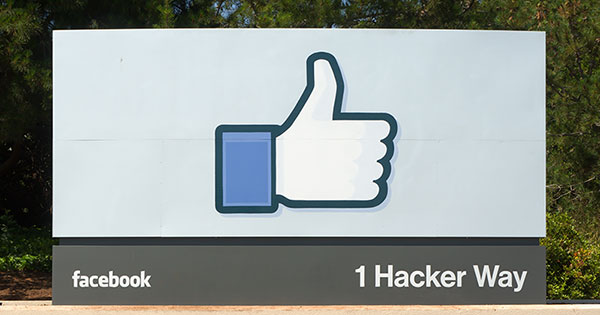A new feature that Facebook recently has been testing in a handful of countries could hurt publishers everywhere if it should roll out globally.
The feature removes users’ Liked pages from their main News Feed and aggregates them in a separate space called “Explore.”
In the six countries where Facebook has been testing the idea, traffic to news outlets reportedly has dropped 60-80 percent.
“Publishers should be terrified by this,” said John Carroll, a mass communications professor at Boston University.
“One of the risks that publishers run when they rely on traffic from Facebook is that it can go away as quickly as it arrived,” he told the E-Commerce Times.
No Planned Expansion
Facebook on Monday attempted to calm the anxiety it created in the publishing community.
“There have been a number of reports about a test we’re running in Sri Lanka, Bolivia, Slovakia, Serbia, Guatemala and Cambodia,” wrote Adam Mosseri, head of News Feed, in an online post. “Some have interpreted this test as a future product we plan to deliver globally. We currently have no plans to roll this test out further.”
The test was launched in response to user feedback, he said.
“People tell us they want an easier way to see posts from friends and family. We are testing having one dedicated space for people to keep up with their friends and family, and another separate space, called Explore, with posts from pages,” Mosseri explained.
“We will hear what people say about the experience to understand if it’s an idea worth pursuing any further,” he noted. “There is no current plan to roll this out beyond these test countries or to charge pages on Facebook to pay for all their distribution in News Feed or Explore.”
Hard to Ignore a Billion Users
Despite Facebook’s assurances, publishers have reasons for concern.
Back in 2012, The Guardian, The Washington Post, Yahoo, Digg and other media outlets launched the Social Reader, a Facebook app designed to assist users in sharing news with their friends and family.
At first, the app drove traffic to the publishers’ sites, but problems soon arose. Users objected when articles they read at the sites were posted to their News Feeds without their permission. Further, Facebook drew criticism for changing the way articles appeared in the feeds. The app had a short life.
Facebook’s Instant Articles, which it recently pulled from its Messenger app, met a similar fate. That media-focused initiative failed to gain the support of players like The Guardian, Forbes, Hearst, The New York Times, Bloomberg, The Wall Street Journal, ESPN, CBS News, NPR, Financial Times and Vice News because of monetization problems with the platform and traffic reporting.
“There are times when Facebook favors news content, and there are times when they move away from it,” noted Dan Kennedy, an associate professor of journalism at Northeastern University.
“Anybody that becomes too dependent on Facebook traffic is really running a risk, but it’s hard to stay away from one and a half billion active users a month,” he told the E-Commerce Times.
Concern over ceding too much power to Facebook has led some publishers to seek alternative ways to build traffic.
“Over the last couple of years, there’s been a comeback of email newsletters,” Kennedy observed.
“A lot of that is publishers saying,’This is something we can control, and aren’t dependent on Facebook for.’ Unfortunately, the way they drive a lot of subscribers to those newsletters is through people encountering them on Facebook,” he said.
No Will to Hunt
The severe impact of removing Liked pages from a user’s main News Feed demonstrates the importance of that feed.
“Most people wait for something to show up in their News Feed, which takes up the bulk of their focus,” said Mark Marino, director of The Humanities and Critical Code Studies Lab at the University of Southern California.
“If it’s not there, they’re not going to go hunting for additional news streams,” he told the E-Commerce Times.
What gives news power in social media is that it’s mingled with information from friends and family, said Vincent Raynauld, an assistant professor in the department of communication studies at Emerson College.
“The fact that social is interwoven with news make the news more accessible and digestible. I’m not too sure that people would go to a separate environment for news,” he told the E-Commerce Times.
“The strength of Facebook and other social media outlets is that all content is interwoven into a social stream,” Raynauld added. “Excluding news from the social stream would have a negative impact on publishers when it comes to engagement.”














































Social Media
See all Social Media